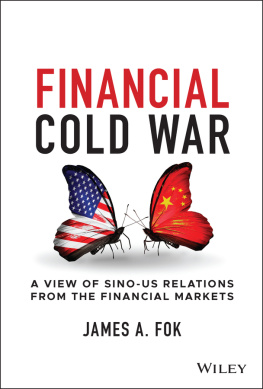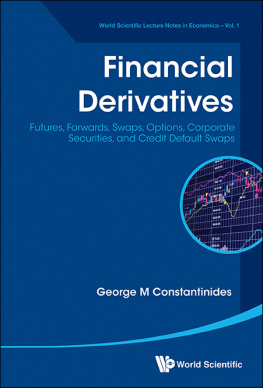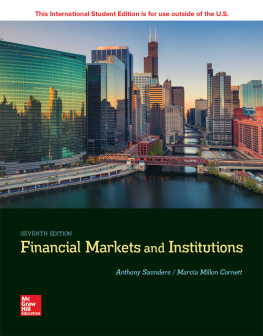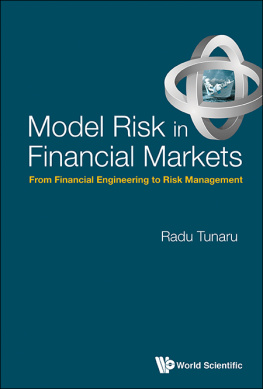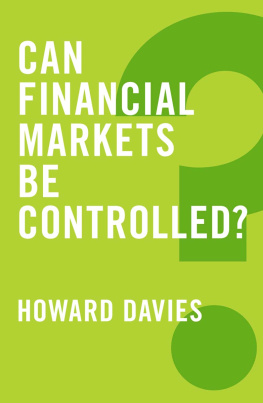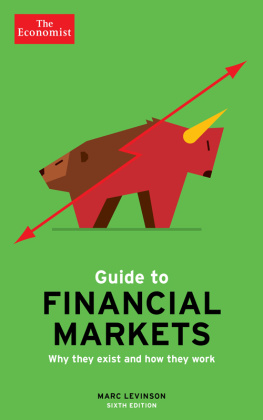Publishing Details
HARRIMAN HOUSE LTD
3A Penns Road
Petersfield
Hampshire
GU32 2EW
GREAT BRITAIN
Tel: +44 (0)1730 233870
Fax: +44 (0)1730 233880
Email: enquiries@harriman-house.com
Website: www.harriman-house.com
First published in Great Britain in 2011
Copyright Harriman House Ltd
The right of George G. Blakey to be identified as the author has been asserted in accordance with the Copyright, Design and Patents Act 1988.
ISBN: 9780857192936
British Library Cataloguing in Publication Data
A CIP catalogue record for this book can be obtained from the British Library.
All rights reserved; no part of this publication may be reproduced, stored in a retrieval system, or transmitted in any form or by any means, electronic, mechanical, photocopying, recording, or otherwise without the prior written permission of the Publisher. This book may not be lent, resold, hired out or otherwise disposed of by way of trade in any form of binding or cover other than that in which it is published without the prior written consent of the Publisher.
No responsibility for loss occasioned to any person or corporate body acting or refraining to act as a result of reading material in this book can be accepted by the Publisher, by the Author, or by the employer of the Author.
About the Author
George G. Blakey is a stockbroker of many years experience. In the past he has worked for a number of banks and investment groups as a financial analyst and was Research Partner with stockbrokers Lyddon & Co.
Although no longer in the City, George has retained his membership of the Securities Institute and the Society of Investment Professionals. He has an M.A. in Economics and Law from Trinity College, Cambridge. He is the author of A History of the London Stock Market 1945-2009 (9781906659622) World Financial Markets in 2010 (9780857190987) and World Financial Markets in 2011 (9780857192929).
World stock indices in 2012
Figure 1 FTSE100
Figure 2 FTSE250
Figure 3 Standard & Poors (S&P) 500
Figure 4 NASDAQ Composite
Figure 5 Hang Seng
Figure 6 Nikkei 225
First quarter, January to March
Follow the money
Encouraged by an unexpected upturn in global manufacturing surveys and in private sector jobs growth in the US, stock markets in New York and London greeted the New Year with triple digit rises taking the Dow to 12,400 and the FTSE100 to 5700. However, despite reasonably successful government bond sales in Italy, Spain and France, yields on these products remained uncomfortably high, serving to remind investors that the Eurozone crisis was still very much alive.
A sharp pick-up in the oil price to $114 (Brent) in response to Iranian threats to close the Straits of Hormuz, a key supply route, also weighed on sentiment and first-day rises were quickly trimmed before recovering on a surprise surge in US job gains and a fall in the unemployment rate to a three-year low of 8.5% in December. The data supported the view that the US recovery was slowly strengthening and given that it was in sharp contrast to the news coming out of Europe, it also supported the de-coupling thesis that had become so fashionable in the final quarter of 2011.
The FTs Long View looked at the markets in the context of the US presidential election. It noted that since Obama took office corporate profitability had reached an all-time high, the S&P500 had risen 50%, beating the MSCI World index by 14% and the Eurofirst 300 by 22%. With the dollar up 2% against the Euro as well, it concluded that investors should not bet on political outcomes and never bet against America.
A parting of the ways?
Accepting this reasoning might mean that US markets could go one way and European ones another but given the likely impact of a collapsing Euro on US competitiveness, Europes fate remained a major factor in investment decisions. Italian bond yields topping 7% and UniCredits shares falling 40% on doubts over the success of its 7.5 billion rights issue, European banks depositing record amounts of money at the ECBs overnight facility, Spanish yields pushing upwards towards 6% again, and Hungary in crisis, was not good news for America. The US might be the best house in a bad neighbourhood but it was no good for anyone if the neighbourhood kept going down.
The idea that were all in this together took hold again at the end of the second week of January as reports of US exports to Europe falling in November coincided with Standard & Poors downgrading of French and Austrian sovereign debt and the breakdown of talks between Greece and its bond holders. Equity markets had largely held their ground up to this point but now the Eurozone debt crisis was back in the headlines, investors might have been expected to reappraise their position. They didnt.
Greece on the edge
To most observers these developments were simply the latest in an inevitable progression stemming from what Standard & Poors called policy initiatives insufficient to fully address ongoing systemic stresses in the Eurozone. The downgrades were not totally unexpected but serious nonetheless in that they meant the EFSF was also downgraded, but the failure of the bond talks was seen as making Greeces default and exit from the Eurozone inevitable.
The talks broke down over the extent of the voluntary haircut levied on the new bonds to be issued in place of those held by private institutions, mainly banks, insurance companies and hedge funds. The original proposal was for a 50% cut but the deterioration in national finances demanded a much bigger discount in order to make the restructuring viable and ensure delivery of funds in time to repay 14.4 billion due in March. It was no surprise that bondholders were unhappy at the prospect of signing away even more money and no agreement was reached; 100% participation was essential if the arrangement was to be classed as voluntary and anything less would be coercive, with the EU making up the shortfall and triggering astronomic payouts on credit default swaps.
Furthermore, the Greek finance minister had insisted that the recapitalisation would have to be substantial enough to shore up the countrys banks and persuade Greek depositors to return the 65 billion they had withdrawn over the past two years. The frightening implication of his words was that if Greek depositors had been taking their money out of Greek banks, then depositors in the rest of the PIIGS must have been doing the same and that process was set to snowball if Greece defaulted. As Europe entered recession, there appeared to be no escape from this downward spiral of downgrades, falling economic output and rising debt to be followed by further downgrades.










